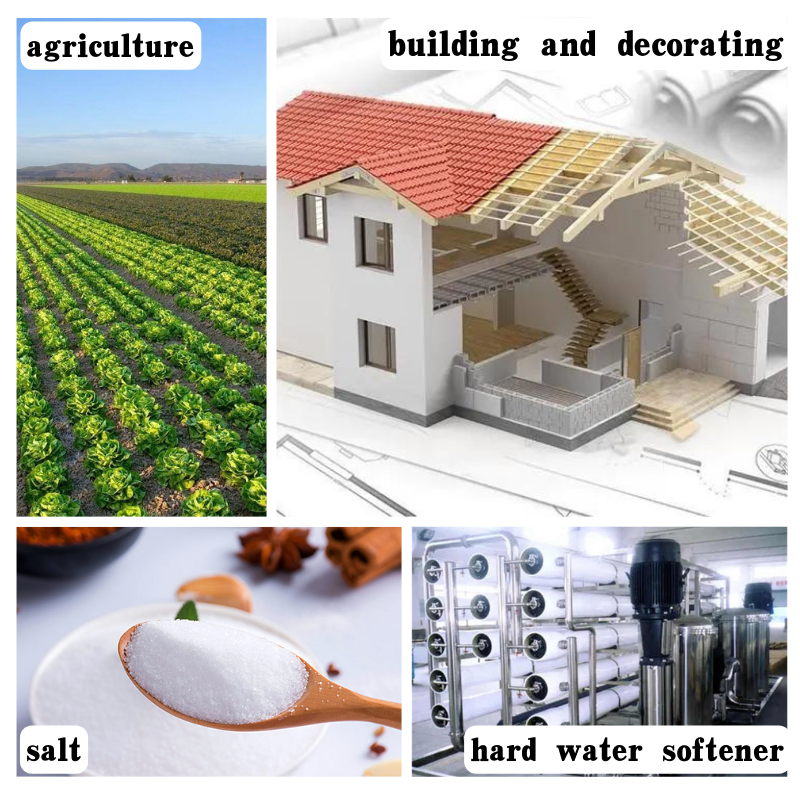
Production of Fly Ash and Silica Fume for Sustainable Construction Materials
Exploring the Role of Fly Ash and Silica Fume in Modern Construction A Look into Factory Processes
In the realm of modern construction, the quest for sustainable practices and enhanced material properties has led to the rising utilization of industrial by-products such as fly ash and silica fume. These materials, derived from the combustion of coal and the production of silicon metal respectively, are not only eco-friendly alternatives but also contribute significantly to the performance of concrete. This article delves into the processes involved in the production of fly ash and silica fume, as well as their implications for the construction industry.
Understanding Fly Ash and Silica Fume
Fly ash is a fine powder that results from the combustion of pulverized coal in electric power generating plants. This by-product is collected from the flue gases and is primarily composed of silica, alumina, and iron oxide. When used in concrete, fly ash can enhance the workability, strength, and durability of the mix. Its pozzolanic properties allow it to react with calcium hydroxide in the presence of water, forming compounds that contribute to the overall strength of the concrete.
Silica fume, on the other hand, is produced when silicon metal or ferrosilicon alloys are produced in electric arc furnaces. This by-product, which contains about 90-95% amorphous silicon dioxide, is known for its high pozzolanic activity. When added to concrete, silica fume significantly improves its compressive strength, reduces permeability, and enhances resistance to chemical attacks, making it indispensable in high-performance concrete applications.
The Manufacturing Process
The manufacturing processes of fly ash and silica fume vary greatly due to the differences in their origins.
1. Fly Ash Production The production of fly ash begins in coal-fired power plants. During the combustion of coal, fly ash components are carried away by hot gases. These fine particles are captured using electrostatic precipitators or bag filters. Once collected, fly ash undergoes a series of tests to determine its properties and suitability for use in construction. Quality control is paramount, as the chemical and physical characteristics of fly ash can differ significantly depending on the type of coal burned and the combustion conditions.
2. Silica Fume Production The production process for silica fume starts with the reaction of silica dioxide and carbon in an electric arc furnace. The resulting fumes rise and are condensed into fine particles that are collected and processed. Similar to fly ash, silica fume is subject to rigorous quality testing, ensuring that it meets industry standards before being packaged for commercial use.
Benefits of Fly Ash and Silica Fume in Construction
fly ash silica fume factory

The incorporation of fly ash and silica fume into concrete brings numerous benefits
.- Sustainability By using these industrial by-products, the construction industry can significantly reduce its carbon footprint. The inclusion of fly ash and silica fume decreases the demand for Portland cement, which is energy-intensive to produce.
- Enhanced Durability Concrete mixtures with fly ash and silica fume exhibit increased resistance to environmental degradation. They are less prone to cracking and shrinkage, leading to longer-lasting structures that require less maintenance over time.
- Improved Workability These materials contribute to better workability of concrete mixes, making them easier to handle and place. This can lead to improved placement techniques and reduced labor costs.
- Cost-Effectiveness Utilizing fly ash and silica fume in concrete can be more economical than traditional materials. Since these by-products are often less expensive, they can help lower overall project costs without sacrificing quality.
Challenges and Future Prospects
Despite the numerous advantages, the use of fly ash and silica fume is not without challenges. Variability in material properties can lead to inconsistent performance in concrete mixes. To mitigate this, ongoing research and technological advancements are essential to standardize quality control processes further.
As the global emphasis on sustainable construction continues to grow, the future looks promising for fly ash and silica fume utilization. With innovations in material science and growing awareness of environmental concerns, more construction projects will likely adopt these components.
In conclusion, fly ash and silica fume represent a significant leap toward sustainable construction practices. Their integration into modern concrete production not only aligns with environmental goals but also enhances the performance and longevity of structures. As industry standards evolve, these materials are poised to play an even more vital role in the future of construction.
Share
-
Premium Talcum Powder Enhanced with GPT-4 Turbo | Soft & Long-LastingNewsAug.02,2025
-
Fly Ash Solutions Enhanced by GPT-4 Turbo | Sustainable InnovationNewsAug.01,2025
-
Natural Premium Bentonite Cat Litter - Superior ClumpingNewsJul.31,2025
-
Premium Resin Coated Sand - High Heat Resistance CastingNewsJul.31,2025
-
High Quality Silicon Carbide Grit for Abrasive ApplicationsNewsJul.30,2025
-
High-Quality Ceramsite for Plants & Gardening | Lightweight PebblesNewsJul.29,2025






